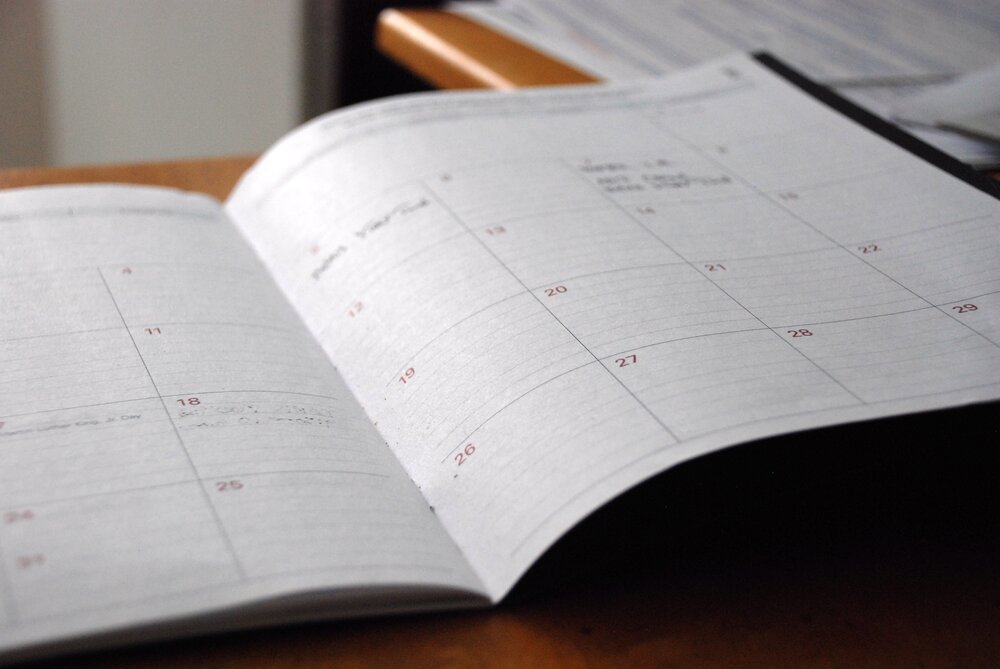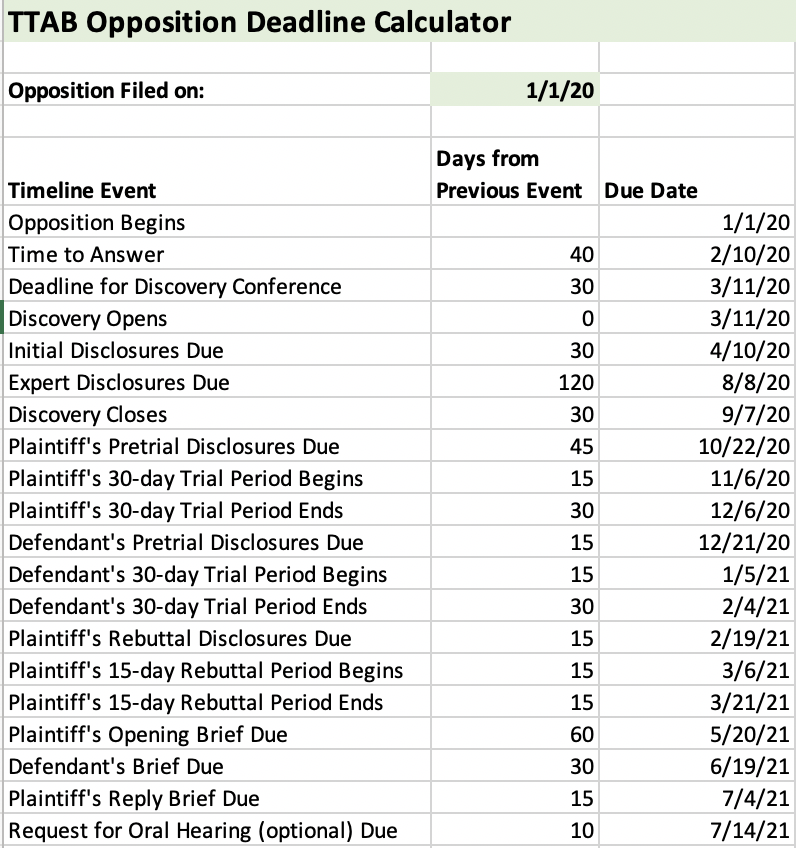
Photo by Eric Rothermel
In our last post on this topic, we discussed the basics of a trademark opposition and the initial steps to take when confronted with one. In Part 2, we move to an overview of the timeline of an opposition.
As discussed previously, before the U.S. Patent & Trademark Office grants a trademark registration, it provides a 30-day window for a party to oppose. A potential opposer can, and often does, extend this window for another 30 days by a simply filling out an online form. This extension notifies the trademark applicant of a potential opposition, and often begins a communication between the parties about settlement. At the end of those additional 30 days, a potential opposer can ask for more time, but this request requires some justification and is less common.
Once extensions are over, the potential opposer has to make a choice: back down and let the application proceed, or file a Notice of Opposition specifically stating the reasons for opposing the registration. Although the most common reason is concern that the applied-for trademark is confusingly similar to one already being used in the market, the list of potential arguments is notably longer and includes that the applied-for trademark:
is generic or merely descriptive
is geographically descriptive
is deceptive
falsely suggests a connection with persons (living or dead), institutions, beliefs, or national symbols
consists of or comprises a name, portrait, or signature identifying a particular living individual without the individual's written consent, or
is primarily merely a surname.
(There are a number of others justifications for filing an opposition which aren’t listed here — this list is long enough!) On the basis of one or more of these reasons, an opposer can file a Notice of Opposition online and kick off the next 18+ months in the life of the trademark. This opposition filing date becomes the beginning of a long string of events, which we will cover in more detail in future posts.
By way of example, let’s take an opposition filed on January 1, 2020 (we’ll ignore holidays and such for clarity):

As you see, from the January 1. 2020 initial start date, a calendar is calculated out over 80 weeks, with each individual event marking another development in the opposition. The message here is that oppositions take a substantial amount of time and energy, and experienced counsel on both sides can use this calendar to their advantage.
If your mark has been opposed, you are potentially facing a long period of uncertainty, which affects your business planning and your brand strategy. The question is: when is a trademark opposition worth the fight? Stay tuned for a post on that exact topic!
For more information on this article and this topic, contact James Creedon.
Bonus Tool
Trademark Trial and Appeal Board Opposition Deadline Calculator